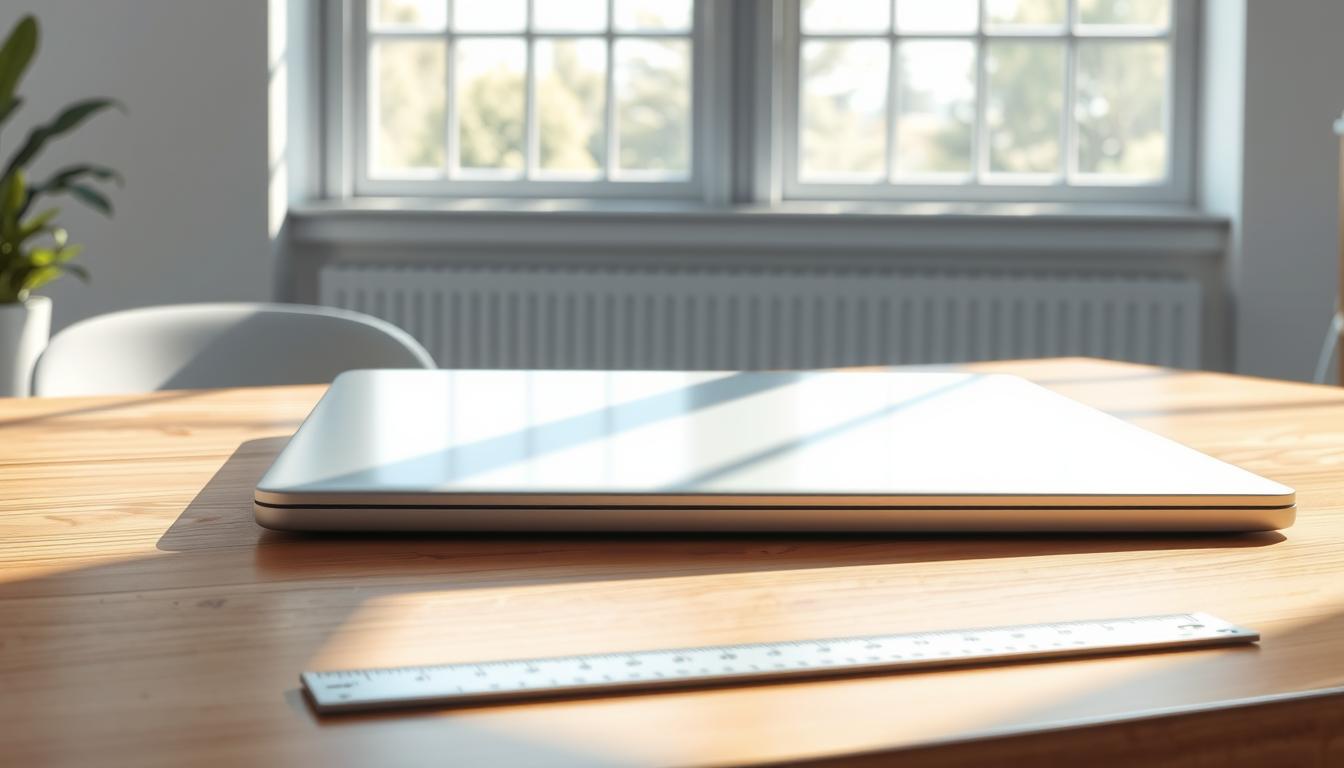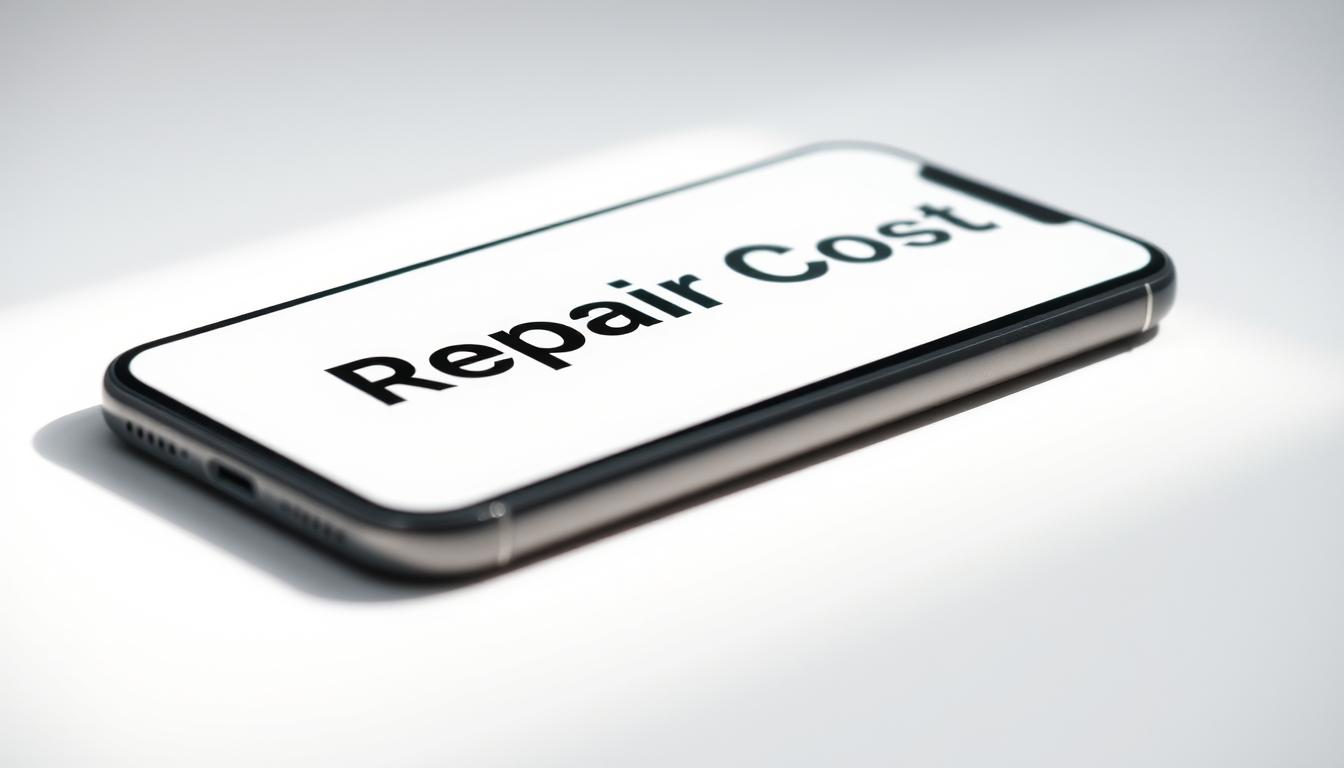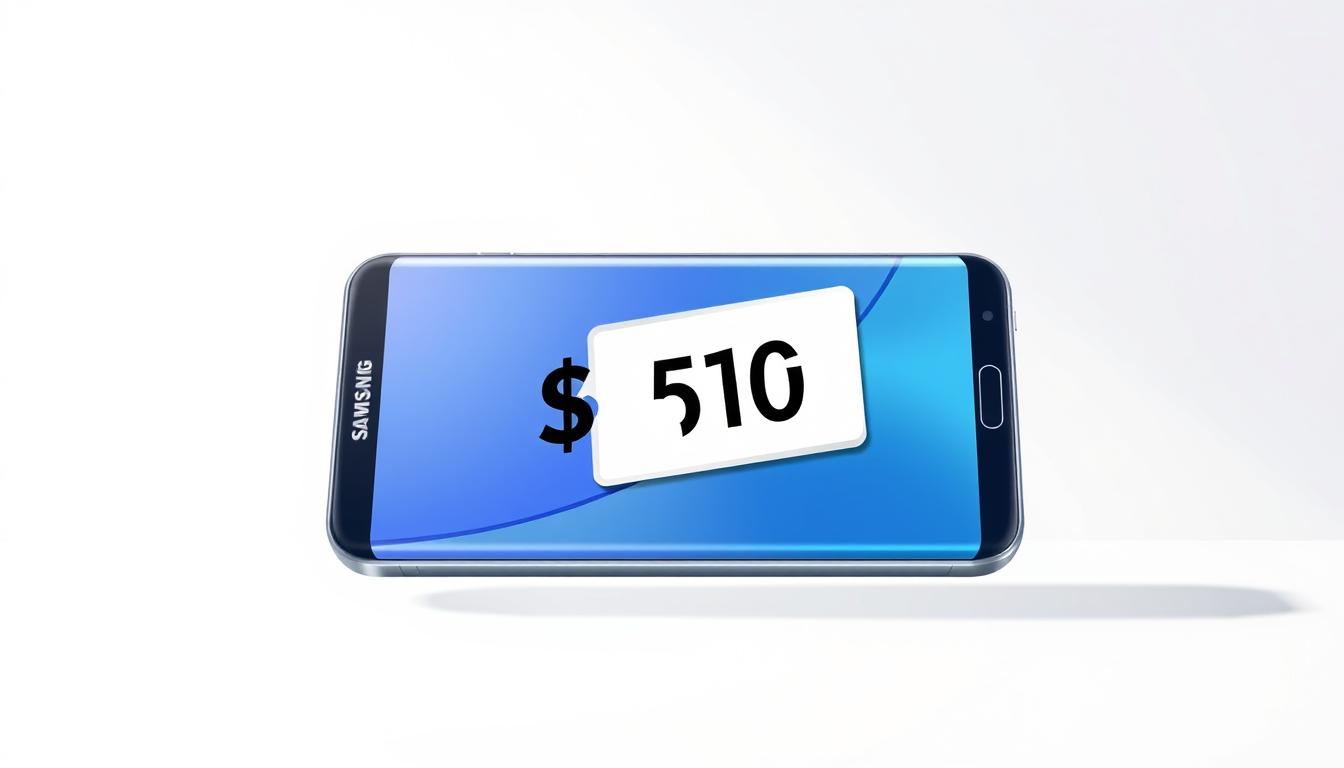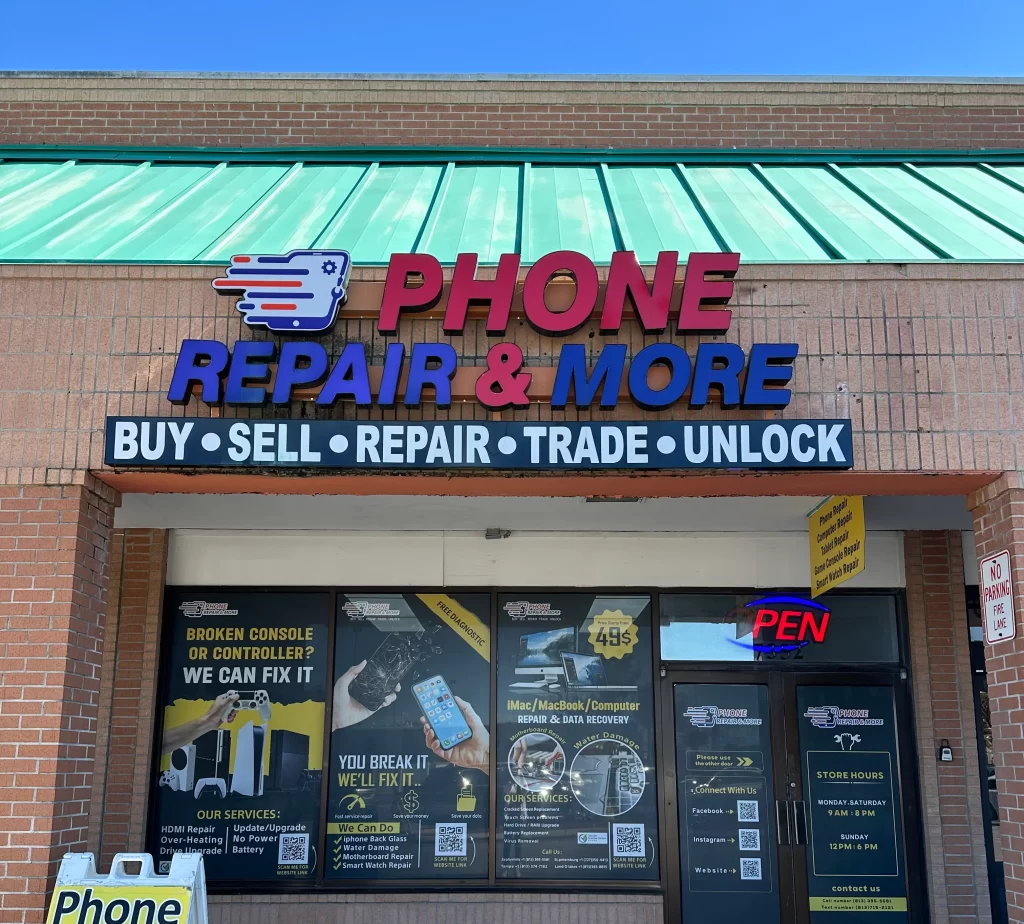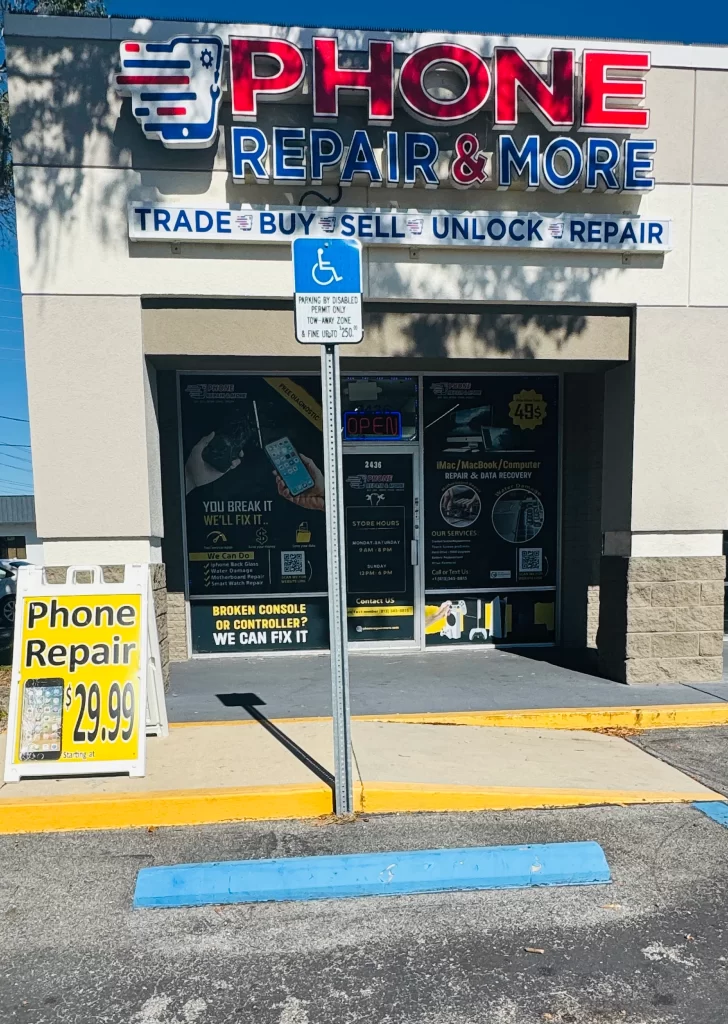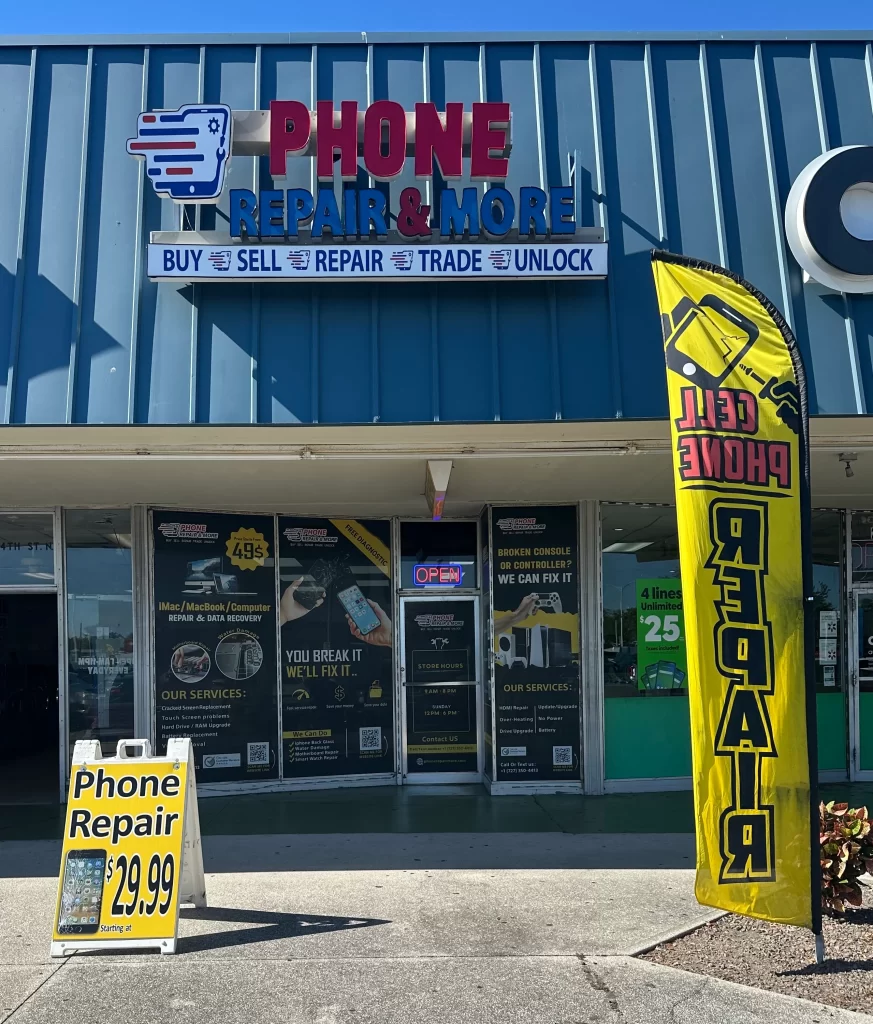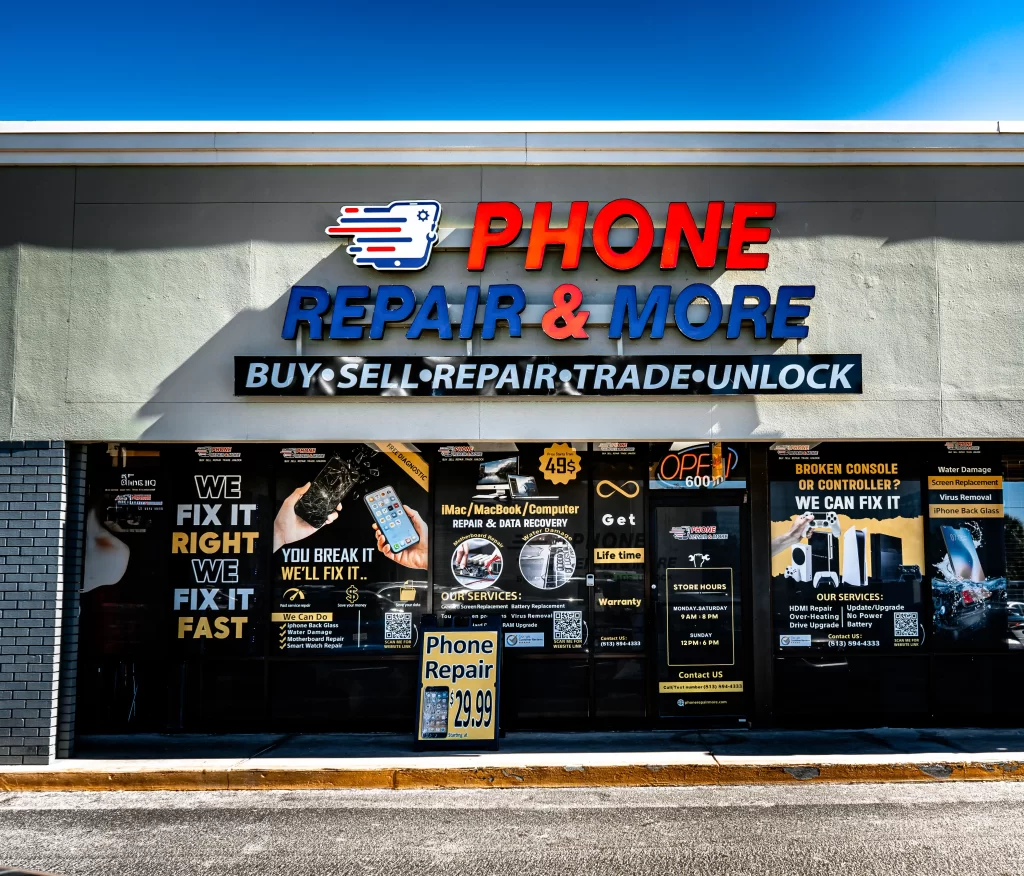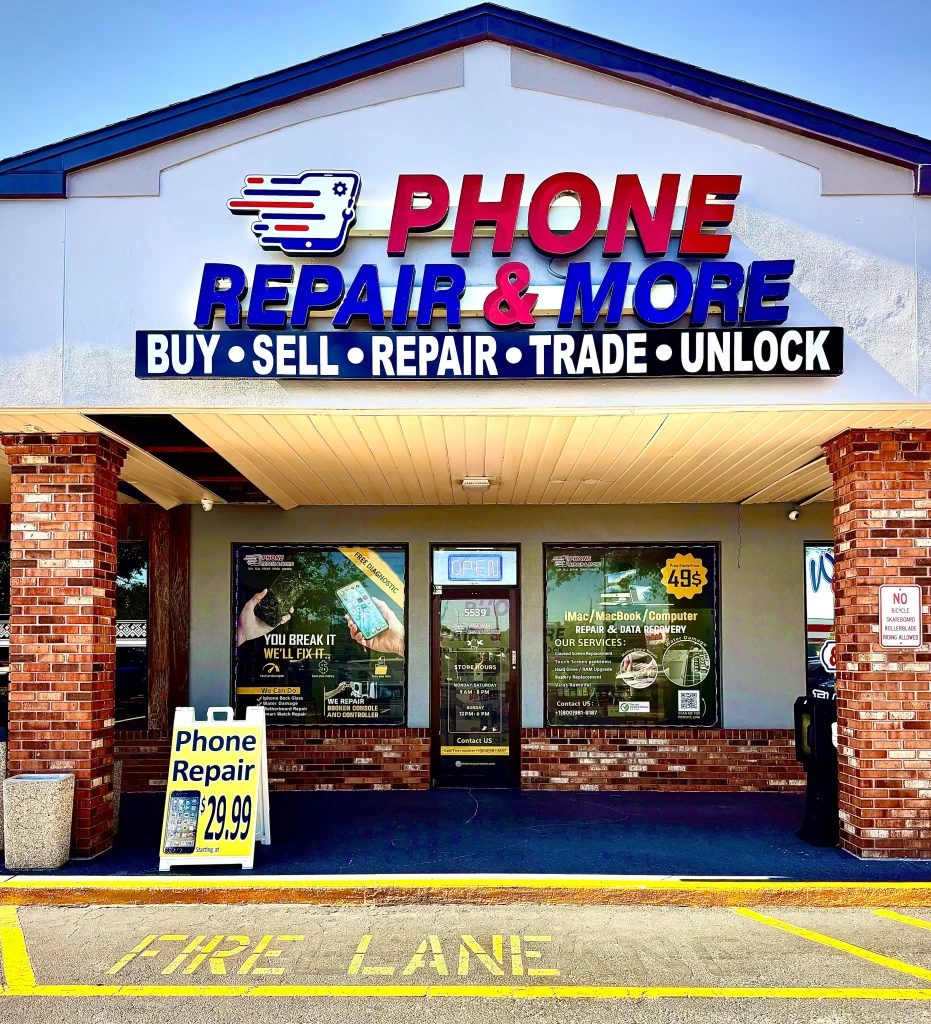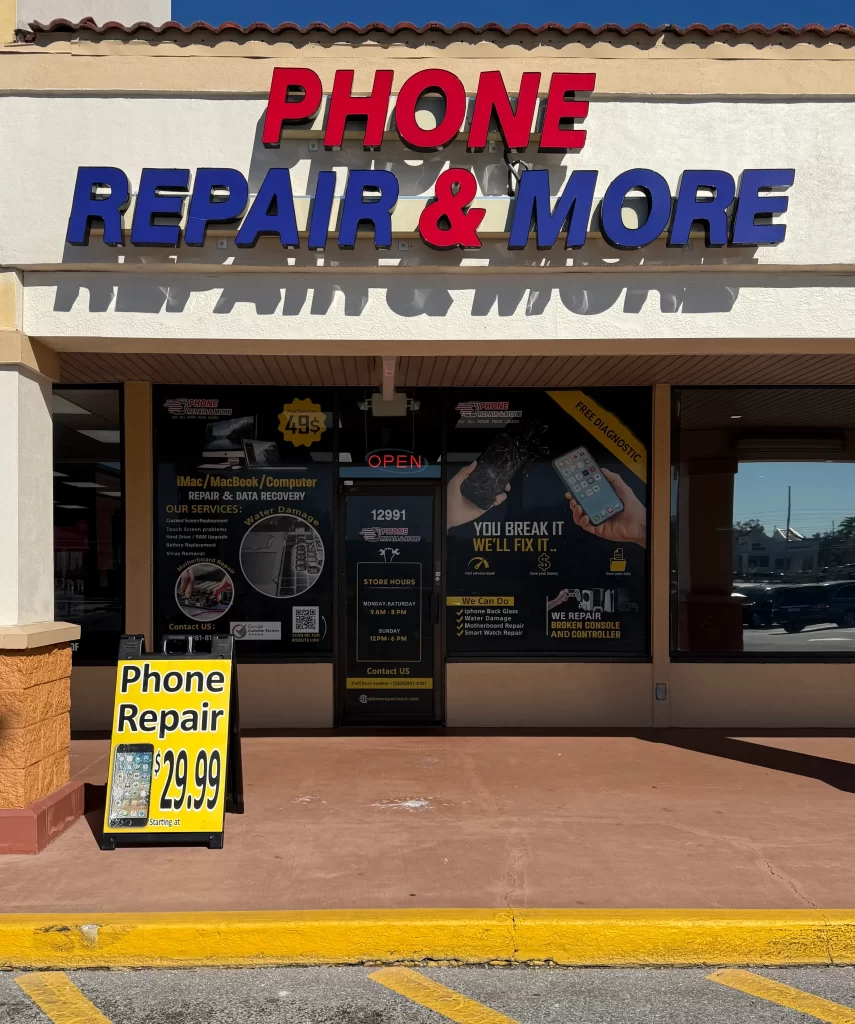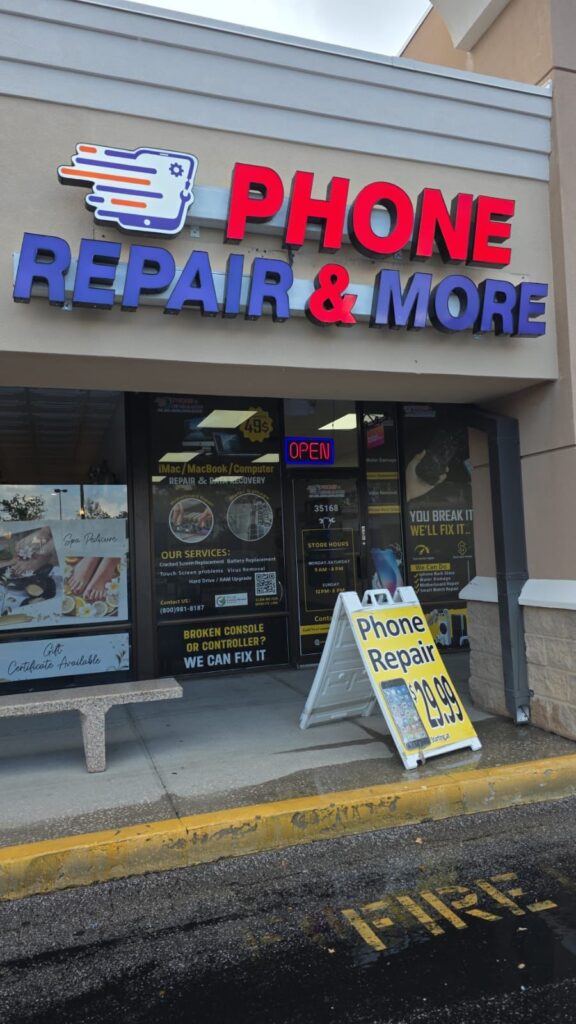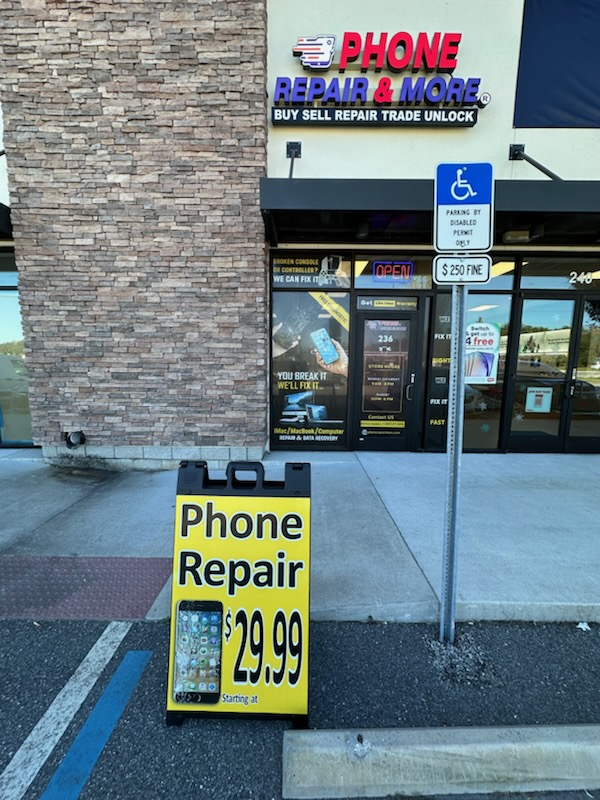Introduction
A cracked screen is one of the most common issues faced by smartphone and laptop users. Whether caused by an accidental drop or an impact, a cracked screen can significantly affect the usability and aesthetics of your device. If you’re handy with tools and looking to save some money, you might wonder: Can you fix a cracked screen yourself? This article explores the feasibility of DIY screen repairs, the tools and skills required, and the risks involved.Table Of Contents
- Assessing The Damage: Can You Fix It Yourself?
- Tools And Materials Needed For DIY Screen Repair
- Step-By-Step Guide To Fixing A Cracked Screen
- Risks And Considerations Of DIY Screen Repair
- Frequently Asked Questions (FAQs)
- Conclusion
Assessing The Damage: Can You Fix It Yourself?
Minor Vs. Major Damage
Before diving into a DIY repair, it’s important to assess the extent of the screen damage. Minor cracks, such as hairline fractures or small chips, might be manageable for a DIY repair. However, major damage, like large cracks, shattered glass, or compromised touch functionality, is much more challenging to fix on your own. In such cases, professional repair or screen replacement might be the better option.Touchscreen Functionality
Another factor to consider is whether the touchscreen functionality has been affected. If the cracks are only cosmetic and the screen still responds well to touch, a DIY repair might be feasible. However, if the touch response is erratic or non-existent, the damage might extend beyond the glass, requiring more complex repairs that are difficult to perform without professional tools and expertise. Readers Also Liked: Can I Still Use My Phone If The Screen Is Cracked?Tools And Materials Needed For DIY Screen Repair
Essential Tools
To fix a cracked screen yourself, you’ll need a few essential tools. These typically include:- Replacement Screen: A compatible replacement screen for your specific device model.
- Screwdrivers: Precision screwdrivers are necessary for removing screws from the device casing.
- Pry Tools: Plastic or metal pry tools help to safely open the device without damaging internal components.
- Adhesive Strips: Double-sided adhesive strips are used to secure the new screen in place.
- Suction Cup: A suction cup can help lift the screen away from the device’s frame.
- Tweezers: Tweezers are useful for handling small screws and delicate components.
Optional Tools
Depending on the device and the extent of the repair, you might also need:- Heat Gun: A heat gun can help loosen adhesive holding the screen in place.
- Anti-Static Mat: An anti-static mat prevents electrostatic discharge that could damage internal components.


